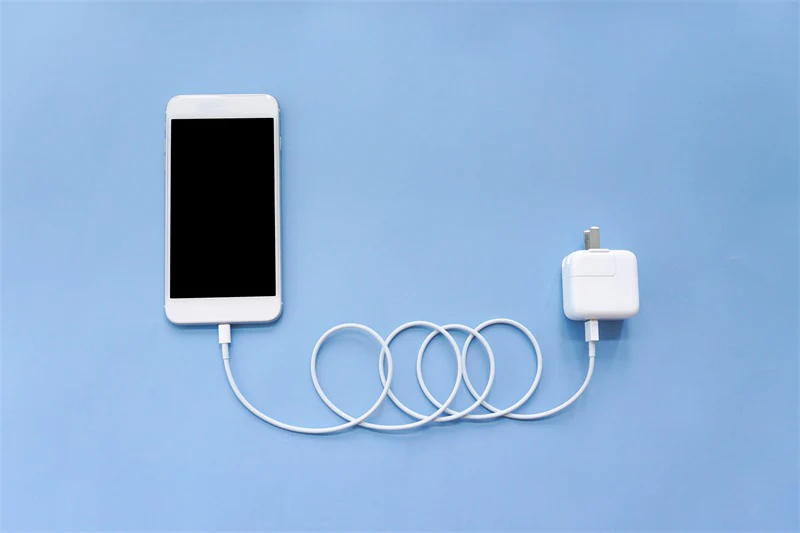Smartphone cameras have improved dramatically, entry-level smartphones often lack the advanced features found in flagship models. However, with the right techniques, you can still capture stunning landscape photos that stand out. Here are five simple tricks to help you make the most of your smartphone camera and take breathtaking landscapes.
1. Find the Best Lighting
Lighting is everything in photography, and landscapes are no exception. Proper lighting can transform an ordinary scene into something extraordinary.
- Shoot During Golden Hour: The hour after sunrise or before sunset produces soft, warm light, which is ideal for landscapes.
- Avoid Harsh Midday Light: Bright sunlight during midday can create overly harsh shadows and wash out details.
- Cloudy Days Are Your Friend: Overcast skies diffuse light evenly, helping to avoid extreme contrasts.
Pro Tip: Experiment with shadows and highlights to add depth to your photos. For example, shoot when the sun is low to create long shadows across the ground.
2. Use Composition Techniques
Good composition is key to engaging landscape photos, and entry-level smartphones rely on it more since their cameras lack advanced features like optical zoom or high dynamic range.
- Rule of Thirds: Turn on the grid feature in your phone’s camera settings and place points of interest (like a mountain or tree) along the grid lines or intersections.
- Foreground Interest: Include elements in the foreground, such as rocks, flowers, or water, to add depth and lead the viewer’s eye into the scene.
- Use Leading Lines: Look for roads, rivers, or fences that guide the viewer’s gaze through the photo and toward the main subject.
Pro Tip: Keep your horizon straight! A crooked horizon can ruin an otherwise great landscape shot.
3. Work with Your Phone’s Limitations
Entry-level smartphones often lack advanced features, but you can work around these limitations to enhance your photos:
- Avoid Digital Zoom: Instead of zooming in, move closer to your subject. Digital zoom reduces image quality and makes your photo look pixelated.
- Focus and Exposure Lock: Tap and hold on your phone’s screen to lock focus and exposure, ensuring your subject stays sharp and well-lit.
- Use HDR Mode: If your phone supports HDR (High Dynamic Range), enable it to balance the bright sky and darker ground, especially in high-contrast scenes.
Pro Tip: If your phone struggles in low light, consider using editing apps later to brighten shadows or balance exposure.
4. Keep Your Phone Steady
Sharpness is essential for landscape photography, and even small movements can result in blurry images.
- Use a Tripod: A small, affordable smartphone tripod can make a huge difference in keeping your phone steady.
- Find a Stable Surface: If you don’t have a tripod, rest your phone on a rock, wall, or other stable surface while taking your shot.
- Use the Timer: Set a 2- or 5-second timer to avoid shaking the phone when you press the shutter button.
Pro Tip: For water scenes, such as rivers or oceans, a steady phone can also help capture long exposures if your phone supports it.
5. Edit for Impact
The final step to creating stunning landscape photos is editing. Even simple adjustments can elevate your photos dramatically.
- Brighten and Contrast: Adjust brightness to bring out details in shadows and increase contrast to make your image pop.
- Crop Carefully: Remove distracting elements around the edges to focus on the main subject.
- Enhance Colours: Boost the vibrancy of the greens, blues, and yellows to make landscapes look more lively.
- Use Editing Apps: Apps like Snapseed, VSCO, or Lightroom Mobile are beginner-friendly and offer powerful editing tools.
Pro Tip: Avoid over-editing! Subtle adjustments often look more professional than heavily filtered images.
Conclusion
Taking great landscape photos with an entry-level smartphone is entirely possible with a bit of creativity and technique. By paying attention to lighting, composition, and steadiness, you can capture stunning scenes even with basic camera hardware. Combine these tricks with light editing, and your landscape photos will rival those taken on more expensive devices.
Grab your smartphone, head outdoors, and start experimenting with these tips today! You’ll be amazed at the results you can achieve.


